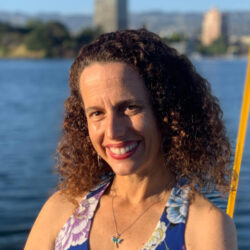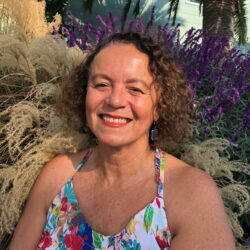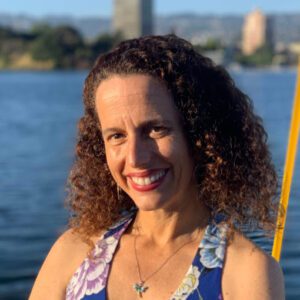I’m curious if, from your experience, Special Education teachers are more creative, or more encouraging of creativity, than general education teachers?
I would think that special education teachers have to “think outside of the box” or have to engage in creative problem solving more than Gen Ed teachers because their students don’t fit the traditional mold. However, I know that there is a strong emphasis on behaviorism and encouragement of “compliance” in many special education classrooms. I’m also curious how you have handled working with classes where compliance and behavior are more important to the classroom teacher than creativity.

Alisa’s response:
This is such a great inquiry! It is not a simple answer. The truth is, it is a tricky balance and because of the way the school environment is systematically organized, it is more often failing many children. Even within special education there are critical “misses” on really being open and child-centered about how to support all learning needs. I don’t want to be disrespectful about what I have witnessed. That being said some poor choices (perhaps out of frustration, lack of training/support, etc.) get made and nobody succeeds. It is vital to have a healthy loop of communication between teacher/s, parent, administration (as needed) and learner. The approach to behavior compliance definitely becomes a focal point in many classrooms and can be difficult to navigate. I have seen creative structures work when the teaching team (teacher, paras, and any other adults in the space) have a clear and consistent way of supporting a student, especially in their most difficult moments. Student success in special education IS unique and I believe the path to success (behavioral or otherwise) can be designed in ways that both create individual success AND have a connection or an equitable pathway that is similar to general education expectations.
Circling back to the tricky part… it just isn’t a one-size-fits-all, and in an inclusive classroom setting, this may get blurry.
As a dance teaching artist, I have used the opportunity to present a curriculum that is as engaging as possible to my learners. When I see things start to fall apart, again it is case by case, I really try to not let that student get lost in the room. I try not to let the behavior affect the goals. Perhaps the curriculum allowed that student that disengaged to work through a behavior in a way that couldn’t happen in a non-dance class moment. Keeping that student and others safe is a priority, but I have definitely seen adults try to restrict a student from moving and vocalizing in the way that they may need to at that moment. I am certain that some would push back on this response and call it unsafe, etc., etc. Sometimes it may be. Our levels of comfort will vary from situation to situation. I worked with a classroom once where the student was in a destructive mode and throwing furniture. There was a very serious protocol to follow where one teacher and security remained with the student while the rest of the class was taken out of the room. The doors were secured so he couldn’t leave. He was raging with anger, frustration, hormones, anxiety and probably lots more. This same kid was amazing in dance class. He was a wheelchair user, mostly non verbal. Brilliant mover and inventor.
I remember feeling kind of horrified by the way the situation was dealt with. I also really trusted these teachers and knew they cared for the kids in this program.
I think there are ways to learn about social behavioral “norms” AND be flexible on the pathway of how they are adapted and learned. I would be happy to discuss further with you.


